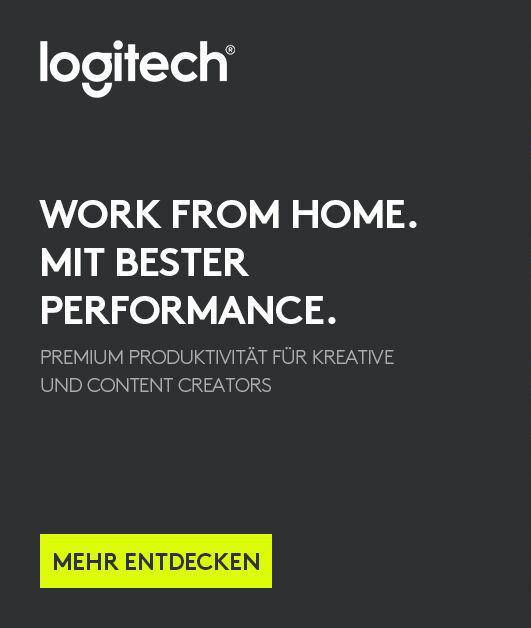Update Zoom for Contact Center
New or enhanced feature
Admin features
Queue operating hours handling
- Admins can define queue operating hours and manage overflow handling for voice, video, messaging, and email channels in Zoom Contact Center. When a queue is unavailable based on the operating hours, admins can configure overflow options such as prompt messages, voicemail, or routing to another queue or flow. These operating hours settings apply to inbound engagements, transfers, and conferences involving the queue. Additionally, overflow handling supports multiple languages. This feature must be enabled by Zoom.
Pass Zoom Contact Center variables to integrated third-party apps
- Account owners and admins can configure Zoom Contact Center to send global variables to third-party apps. They can create rules to link Zoom variables with data fields in those apps and decide which variables can be accessed. Passing variables into third-party apps allows app developers to use the data to create more personalized and contextually aware experiences for agents while handling engagements.
Note: Agents must be using version 6.2.5 of the Zoom client or higher for this feature to work.
Multi-language support for surveys across all channels
- Account owners and admins can create surveys in multiple languages and set a default language. For surveys in multiple languages, the Zoom Contact Center flow must set the Engagement Language. Admins can configure this by setting the language in the Start widget or using the Set Variable widget to assign the Engagement Language. Additionally, admins can set up a flow that employs a dynamic method, like the Collect Input widget for customer language selection. Surveys will trigger based on this language across voice, video, and messaging channels. If no language is set, the default version will be used. Admins can preview, edit, and delete each language version from queue settings or the flow builder. Survey language editing is now managed in Survey Management.
Enhancements to Estimated Wait Time and Position in Queue configuration
- Admins can enhance the waiting experience for queues by configuring Estimated Wait Time (EWT) and Position in Queue (PIQ) prompts which can be independently enabled or disabled. With voice queue, EWT/PIQ can be configured to loop with queue interrupts. In addition, EWT and PIQ settings can be adjusted at the queue level and take priority over individual flow settings. When EWT/PIQ is configured at the queue level, the EWT/PIQ option in Route To widget in flows will be disabled. Guidance is provided to help admins understand the impact of these settings on the consumer experience, ensuring a consistent experience by prioritizing queue-level settings. This feature must be enabled by Zoom.
Caller information display in Salesforce CTI connector
- Admins can view and set the Field to Display column when configuring Context search and Caller search settings for voice, video, and messaging channels. Agents will see caller information in the inbound notification based on Field to Display column. If this column is linked to a formula field in Salesforce that returns a null value, agents will see the caller information default to the Name of the selected entry in the Entity column. This improvement enhances agents' visibility of caller information.
Block list management
- Admins can block chat consumers from accessing digital campaigns by banning their IP addresses. When a consumer with a banned IP visits the brand's website, they will not be able to see the sticky invitation. If they previously had access to a digital campaign and attempt to restart an engagement, the consumer receives an error message stating, "Unable to process this request at this time," preventing them from restarting the engagement. This ensures that unauthorized users cannot access chat conversations. Additionally, admins can manage the block list by importing and exporting IP addresses, adding new ones, or deleting multiple entries at once. Changes to the block list are synchronized between Zoom Contact Center and Zoom Virtual Agent for improved management.
Agent and consumer features
View variables for closed engagements
- Agents can access variables related to an engagement even after it has ended and is marked as closed or completed. If history is enabled, these variables can be found in the engagement history section. If history is not enabled, variables will be shown for each individual closed engagement. The variables will remain visible until the account's data retention period expires, giving agents a complete record of past interactions.
Note: This feature will not be immediately available, as it is dependent on the client release currently scheduled for October 21, 2024
Video camera controls for agents using CTI connector
- Admins can disable the video camera for agents using the CTI connector during video engagements, including video escalations. This setting can be applied at the account or queue level, preventing agents from using their cameras. When the camera is turned off, consumers will see the agent's profile picture or avatar instead of a video feed. Engagement logs will track when the camera is enabled or disabled. This feature helps contact centers maintain a professional image and protect agents' privacy. It is available in CTI version V3 and must be enabled by Zoom.
Outbound WhatsApp messages
- Agents and users with appropriate permissions can initiate new outbound engagements by sending WhatsApp messages to WhatsApp-compatible phone numbers globally using their integrated WhatsApp Business numbers. When sending a message, users must select an active WhatsApp message template. Customers will be charged based on message template type and recipient country.
Note: This feature will not be immediately available, as it is dependent on the client release currently scheduled for October 21, 2024
Cobrowse voice call and recording feature
- During a voice call, agents can start a cobrowse session to assist consumers by viewing their web activity without screen sharing. Consumers initiate the session with a code and can end it at any time. Agents can annotate the site and see the consumer's cursor but cannot submit forms or access sensitive data, ensuring privacy. Account owners and admins can manage and review cobrowse sessions through the web portal, where logs provide details on the date, time, and agent actions, offering transparency for training and audits. Admins also control cobrowse recording settings, with options to record voice only or both voice and cobrowse, and recordings are accessible based on existing permissions and synced with voice recordings for playback. This improves issue resolution while safeguarding consumer privacy and allowing for admin oversight. This feature must be enabled by Zoom.
Note: This feature will not be immediately available, as it is dependent on the client release currently scheduled for October 21, 2024
Export engagement logs with detailed notes
- Users can export engagement logs from the Zoom Contact Center web portal to a CSV file, which includes a new Notes column at the end. This column contains the same notes shown in the engagement log, except for the engagement ID. If an engagement has multiple notes, they are combined and separated by spaces. This makes it easier for users to review and analyze engagement notes offline or share them internally.
Resolved issues
- Minor bug fixes


